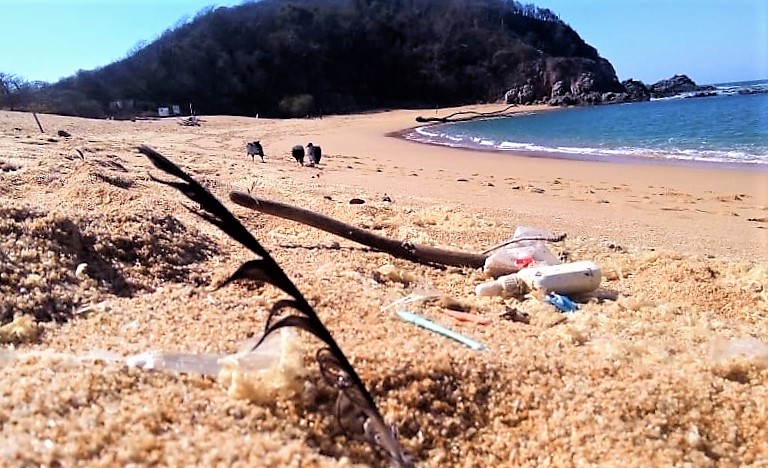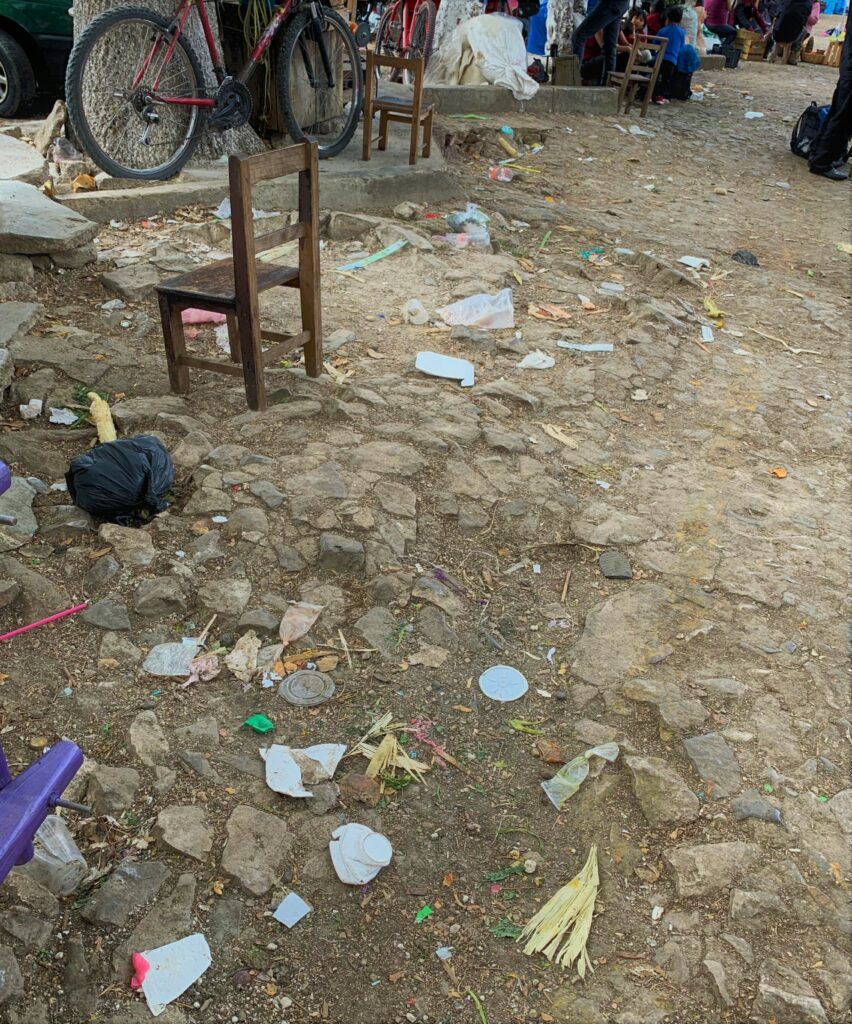
The continual generation of plastic products from large commercial interests on planet earth, and the lack of will (particularly from business interests), has created a Tsunami of plastic waste that engulfs the globe. The introduction of plastics in the 1960’s for consumer use was supposed to make our life easier, and make products more affordable. Though this mandate was realized to some extent, the problems that have come along with the widespread use of plastics have far outweighed their advantages. Of course, today plastics are simply everywhere and in everything, and their wholesale use coupled with planned obsolescence has created a global waste problem growing more monstrous every day.
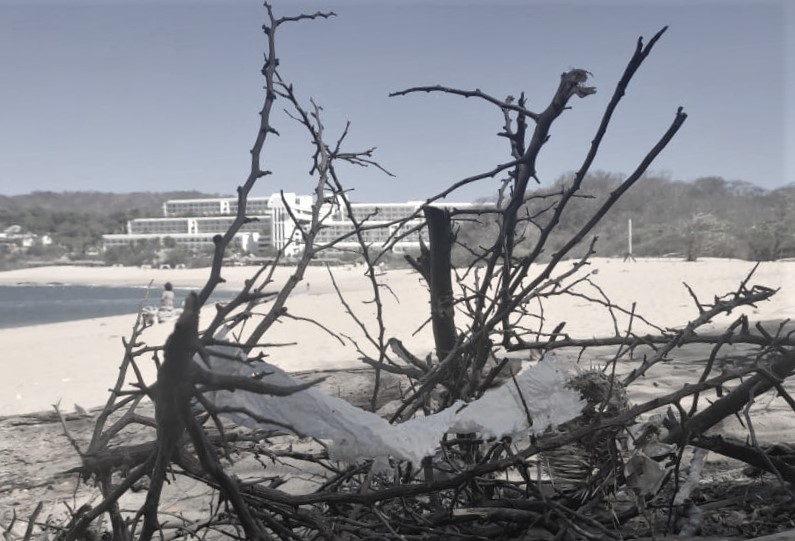
Who are the major players in the plastic arena? Dow Chemical Company, LyondellBasell, and ExxonMobil. The top exporting Countries in plastic items are China, Germany, and the USA. How big is this monster you ask – by 2027 the market size for global plastic sales is expected to reach 754.3 billion USD, and growth continues at 3.5% per year. These very aggressive companies have no designs on stopping or curtailing plastic production whatsoever, and thus any solutions have to come from the end-users, and Government (who have done a poor job so far under the prodding of lobby groups).
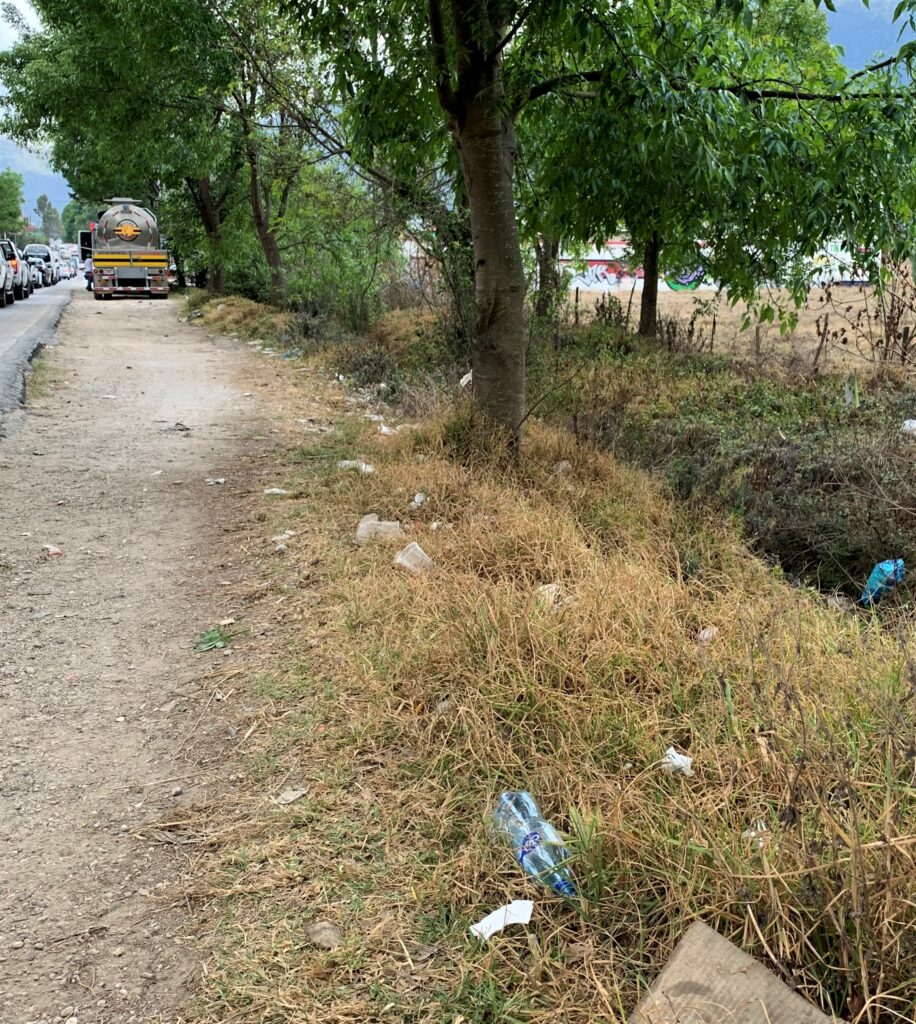
Are we end-users really part of the solution, or is it simply impossible to live without plastics in our modern world? We certainly can make a difference in our daily choices, but this monster is too big for individual end-users to solve. Some good efforts are underway utilizing technology to stop plastic from entering the oceans at the primary source, rivers. The invention of the Interceptor is having some success in stopping the plastic from entering the Ocean, but stopping plastic at the very source could be the larger dilemma.
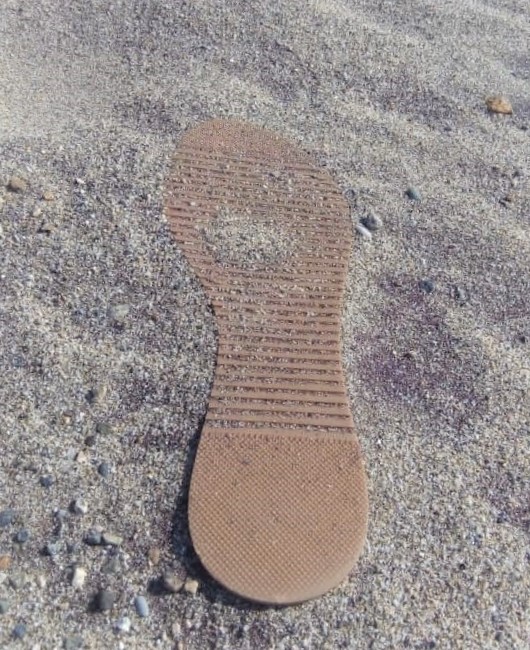
. The world today is awash with plastic waste and the problem, despite some efforts to clean up the waste, continues to grow every day. Estimates put the amount of plastic per year being added to the environment at 380 tons. Sadly 8 million tons of this waste ends up in our Oceans and is literally destroying the delicate balance of life therein. The plastic breaks down in the ocean into micro-plastics that are then ingested by sea life and inevitably end up inside of the many people who depend on the sea for their sustenance. What can be done to stem the tide of plastic into our landfills and oceans?
Our Oceans must be preserved – Please View the following Two Videos
